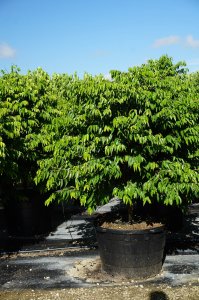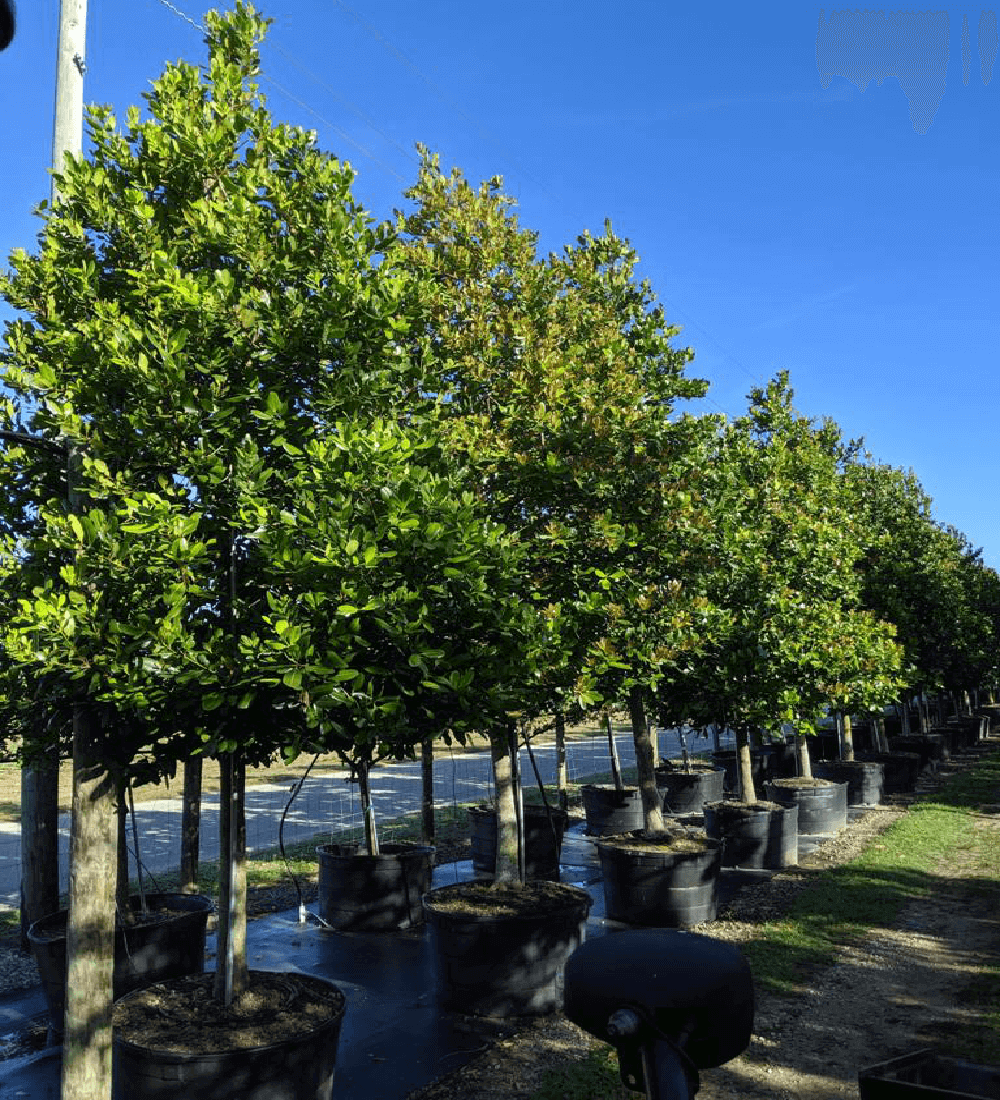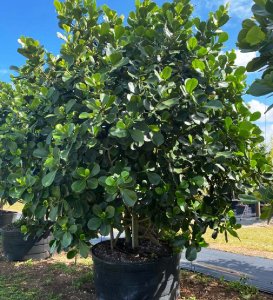The differences between tree and bush can be confusing, particularly when you are facing a bush that looks a lot like a tree or vice versa. However, there is a definite difference between trees and shrubs and; although some plants blur the boundaries, in most cases it is easy determine the shape of a particular plant.
What is the difference between a tree and a bush?
Tree definition
The primary characteristic that defines a plant as a tree size. The generally most common tree definition, and the one that has the acceptance of the American Forests organization. Is that of a plant, that has a single vertical woody trunk, with a minimum diameter of 3 inches (7.5 cm) and 4 feet (1.2 m) High. Furthermore, the trunk must be perennial; which means, it can not die every winter and grow back every spring. And, finally, the tree must be at least 13 feet (4 m) tall and have a markedly extended crown.
Definition of bush
Any perennial woody plant that does not meet the minimum size requirements to be a tree and can be classified as a shrub. Shrubs usually have more than one vertical woody trunk, with several rising from the base. Some definitions indicate that, to be considered shrubs, they must have a height greater than 1.5 feet (45 cm) or run the risk of being considered a simple plant or creeper.

Myrciaria cauliflora (Jaboticaba)
Tree vs Bush – The Differences
What is the difference between a bush and a tree? Taking into account their definitions, when you’re up to chose what’s best for your garden. You should carefully examine the purpose of the tree/bush you’re going to be planting. Also they are some trees that can be grown as multi trunk, or as we call them standard with a single trunk. Such as: Pimienta Racemosa (Bayrum tree), Myrcianthes Fragrans (Simpson Stopper), Clusia Guttiffera (Small Leaf Clusia) among others.
Find all of the above within our TreeWorld Wholesale portfolio. And if you have any further questions or requirements contact us!





